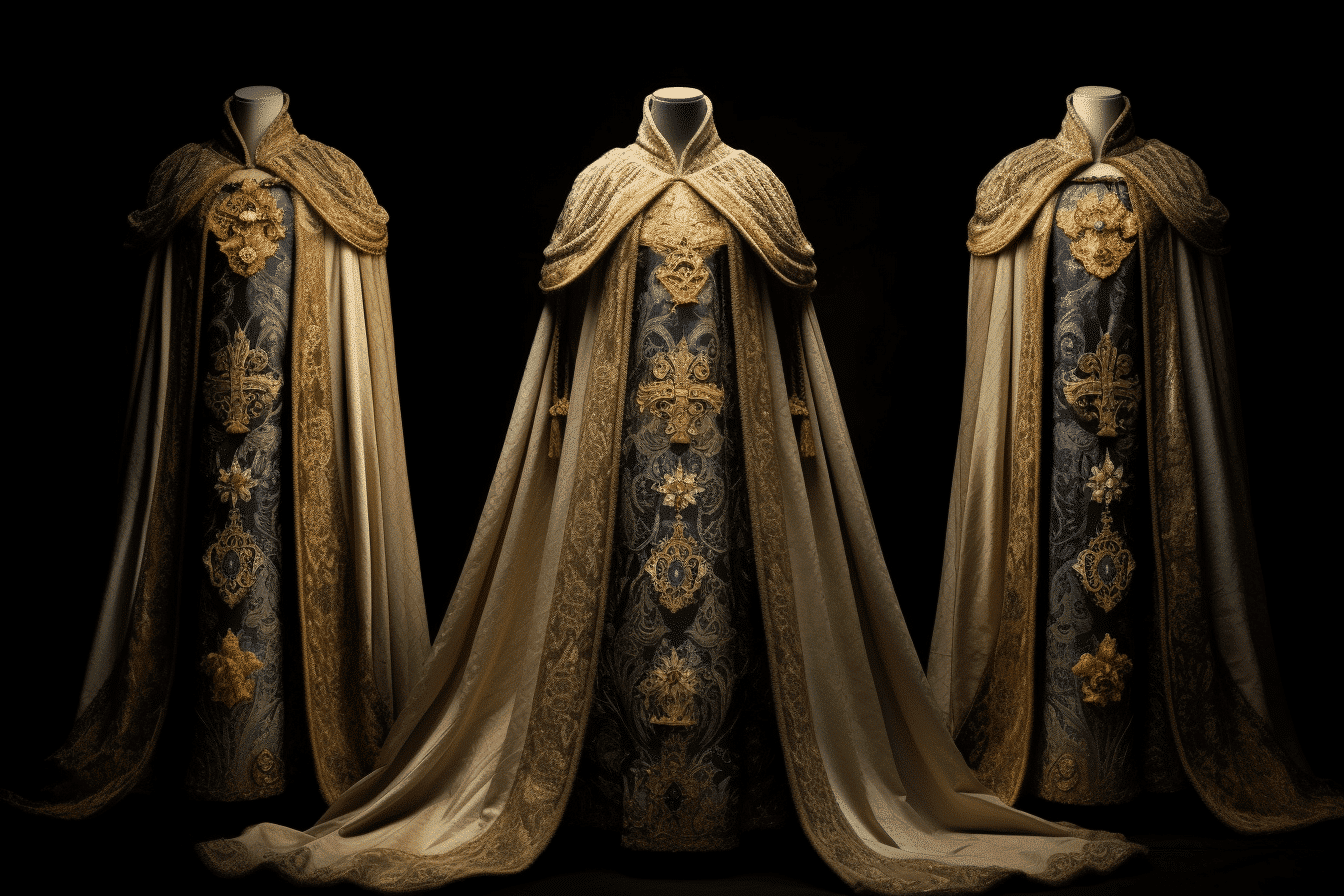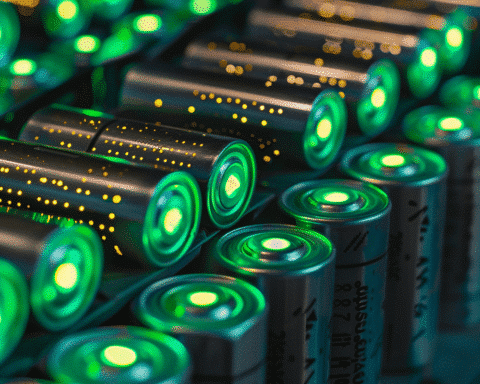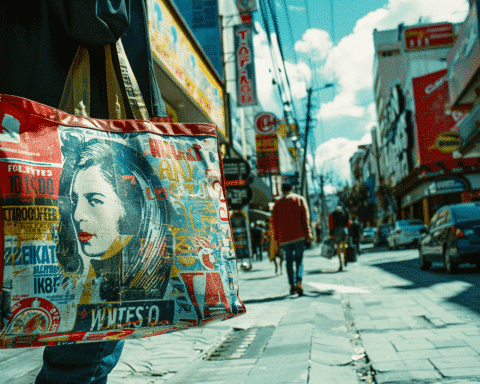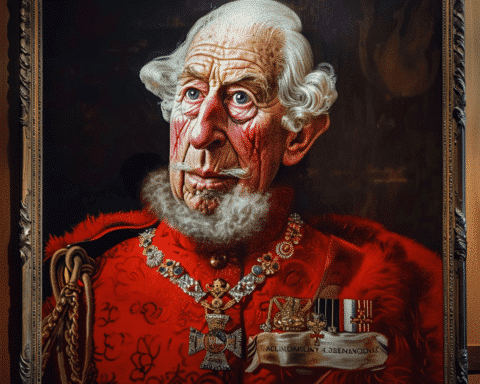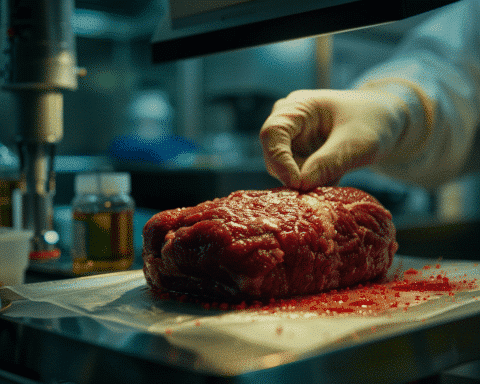King Charles of Britain, a long-time advocate for environmental sustainability and opponent of a disposable economy, will don historical attire previously worn by his mother and grandfather for his coronation next week.
At 74, Charles was crowned in a grand ceremony at London’s Westminster Abbey on May 6, where he donned or was presented with regalia imbued with religious and historical significance.
Many of these items, including crowns and sceptres, have been used for centuries. However, in a nod to sustainability and efficiency, Charles also chose to reuse garments that have appeared in coronations since 1821, according to Buckingham Palace.
One such vestment is the coronation glove initially made for his grandfather, George VI. Deborah Moore, the CEO of Dents, who created the gold-embroidered glove for George VI’s 1937 coronation, praised Charles as a “wonderful, sustainable, eco-friendly king who’s reusing something rather than having a new glove.” Moore’s firm also crafted the glove for Queen Elizabeth II’s coronation in 1953.
The white leather glove, adorned with gilt metal thread, is placed on the monarch’s right hand during the ceremony as a reminder to exercise gentleness when raising taxes.
Charles also wore his grandfather’s ‘Colobium Sindonis,’ a white linen tunic, and sword belt, breaking the tradition of commissioning new ones for each coronation.
Other regalia Charles wore during the service, which has its roots in ceremonies dating back 1,000 years to his Norman predecessors, include the ‘supertunica,’ a gold silk coat worn by his great-grandfather King George V and subsequent monarchs, including Elizabeth. Additionally, he will don the Imperial Mantle, a cloth of gold garment created for George IV’s coronation in 1821.
Caroline de Guitaut, Deputy Surveyor of the King’s Works of Arts, noted that these historical garments are “fairly heavy to wear.”
By incorporating these historical garments, King Charles demonstrated his commitment to sustainability and environmental awareness throughout the coronation ceremony. This choice pays homage to his royal lineage and sends a powerful message about the importance of conservation and reducing waste.
Charles has been a passionate advocate for environmental causes throughout his life, and his decision to reuse these items reflects his dedication to promoting a more sustainable future.
The public has responded positively to King Charles’ decision, with many praising his eco-friendly approach as a sign of modernity and a step in the right direction for a monarchy adapting to contemporary values.
This move has also inspired discussions about historical artifacts’ significance and continued use in modern ceremonies. It highlights the balance between preserving the past and embracing the future, demonstrating that it is possible to honour traditions while acting responsibly towards the environment.
King Charles’ choice to reuse historic garments sets a precedent for future royal events and serves as an example for the broader public. By making environmentally conscious decisions, the King demonstrates that everyone can play a part in preserving our planet for future generations.
As King Charles embarks on his reign, his commitment to sustainability is expected to shape his policies and initiatives, further solidifying his legacy as an environmentally conscious monarch. It remains to be seen how this eco-friendly mindset will influence the British monarchy and inspire other world leaders to prioritize environmental stewardship.
